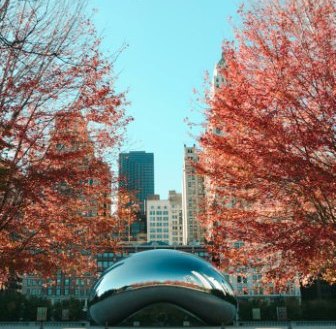 The Windy City, known for its remarkable architecture, diverse culture, and vibrant art scene, has played an essential role in shaping American art throughout its storied history. Chicago’s influence on the artistic landscape has been profound and enduring, making it a dynamic and essential contributor to the rich tapestry of American art.
The Windy City, known for its remarkable architecture, diverse culture, and vibrant art scene, has played an essential role in shaping American art throughout its storied history. Chicago’s influence on the artistic landscape has been profound and enduring, making it a dynamic and essential contributor to the rich tapestry of American art.
The Early Days
Chicago’s art journey began in the mid-19th century, coinciding with its rapid urbanization. The city’s early art institutions, such as the Chicago Academy of Design, paved the way for the development of a local art scene. Prominent artists of the time, including Grant Wood and Mary Cassatt, spent their formative years in Chicago before achieving national recognition.
The Chicago Art Institute
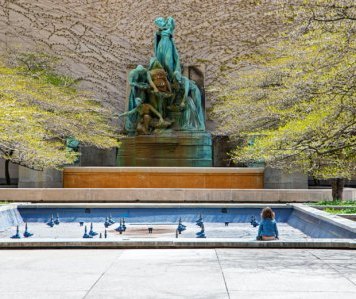
One of the most iconic landmarks in the world of American art is the Art Institute of Chicago. Founded in 1879, it houses a vast collection of over 300,000 works of art. The museum has played an instrumental role in promoting the visual arts and has been a source of inspiration for countless artists, scholars, and art enthusiasts.
The Chicago Imagists
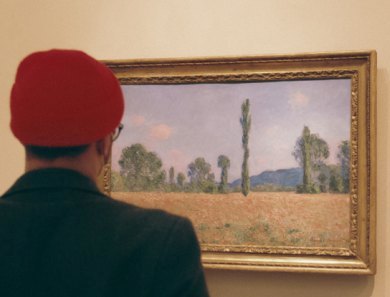
The Chicago Imagists, a group of artists who emerged in the 1960s and ’70s, gained recognition for their distinctive and often irreverent style. Artists like Roger Brown, Jim Nutt, and H.C. Westermann were at the forefront of this movement, challenging artistic norms and redefining the boundaries of contemporary art.
Public Art and Muralism
Chicago’s commitment to public art is evident in its numerous murals and sculptures that adorn the city. The renowned Chicago Picasso sculpture, created by Pablo Picasso in 1967, marked a watershed moment in public art, inspiring other cities to invest in public art initiatives.
The Chicago Cultural Center
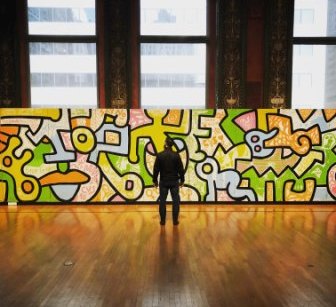
The Chicago Cultural Center, housed in a magnificent Beaux-Arts building, is a testament to the city’s dedication to the arts. It offers a diverse array of cultural events and exhibitions, fostering a sense of community and providing a platform for emerging artists.
Architectural Influence
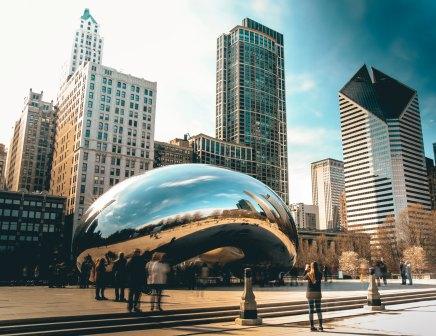
The city’s skyline, designed by luminaries like Louis Sullivan, Ludwig Mies van der Rohe, and Frank Lloyd Wright, is itself a work of art. The architectural diversity in Chicago, from the iconic Willis Tower to the serene Unity Temple, has drawn admiration and inspired artists and architects worldwide.
The Music and Theater Scene
Chicago’s cultural contributions extend beyond the visual arts. The city’s music and theater scene has been pivotal in nurturing talents and showcasing groundbreaking performances. The Chicago blues and improvisational theater, epitomized by The Second City, have left an indelible mark on American culture.
A Multifaceted Cultural Landscape
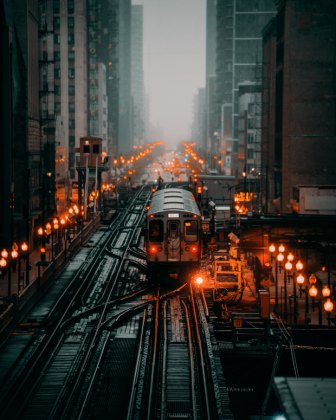
Chicago’s cultural diversity, stemming from its immigrant communities, has created a vibrant and multifaceted art scene. This diversity has given birth to a wide range of artistic expressions, from vibrant neighborhood festivals to global contemporary art exhibitions.
In conclusion, Chicago’s contribution to American art is a story of innovation, diversity, and enduring influence. The city’s institutions, artists, and cultural initiatives have played a pivotal role in shaping the nation’s artistic landscape. As Chicago continues to evolve as a cultural epicenter, it stands as a testament to the enduring power of art to inspire, provoke, and unite people from all walks of life.
